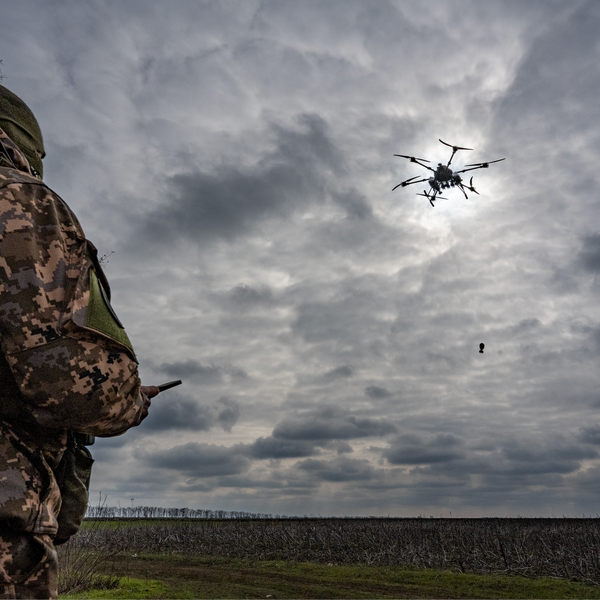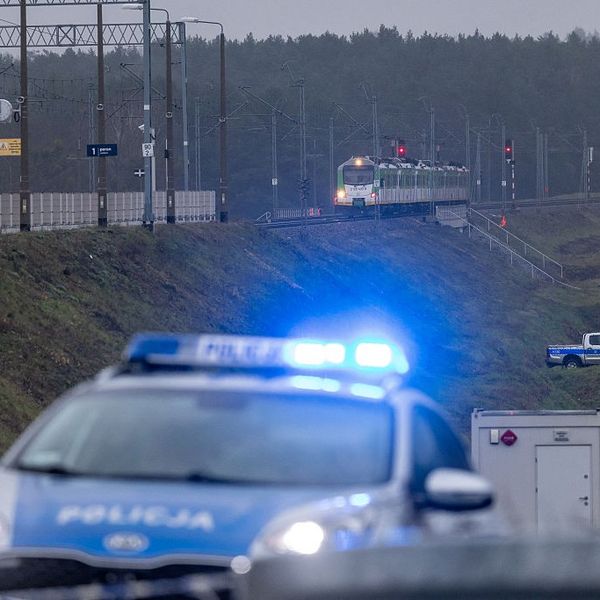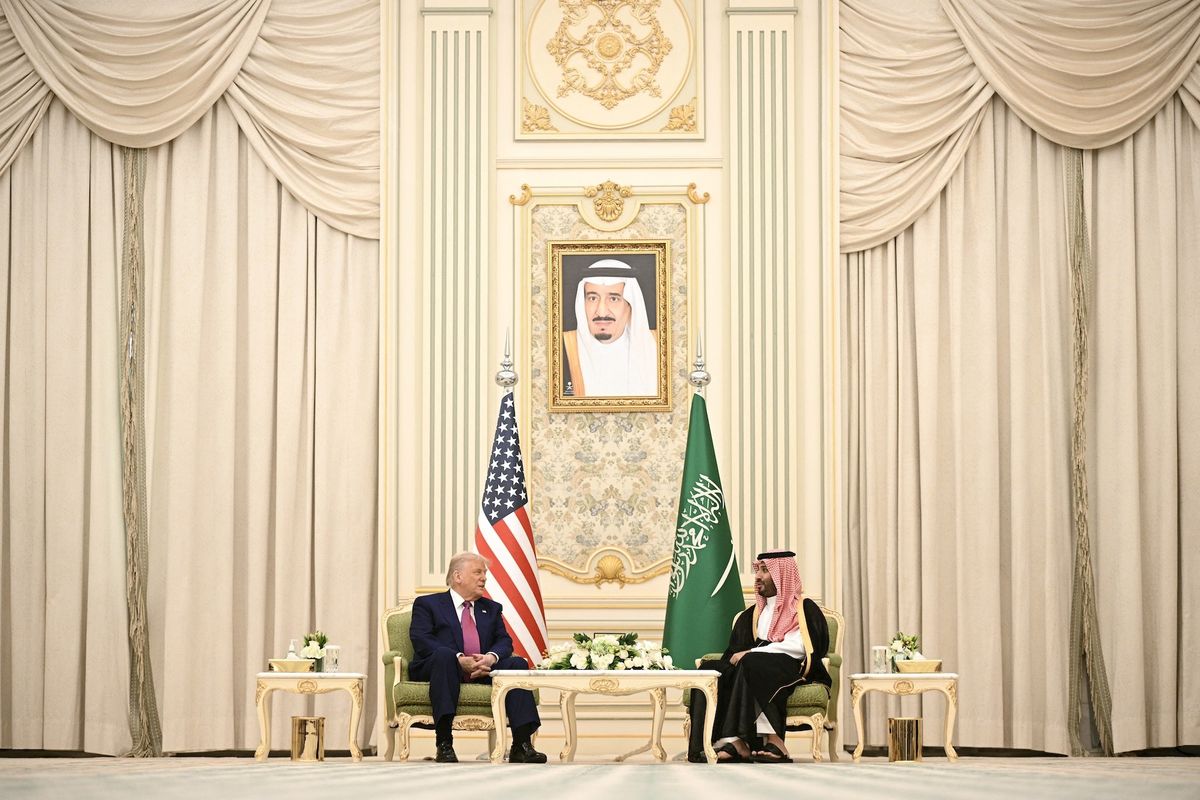OPINION — There was a flurry of arms control talk after Secretary of State Mike Pompeo said that the Trump administration is “at the very beginning of conversations about renewing” the 2010 New Strategic Arms Reduction Treaty (New START). He made the comments during testimony April 10, before the Senate Foreign Relations Committee.
The current agreement expires in February 2021, if it is not extended or a new one is signed but there are a lot of very good reasons to extend the current version, as a new comprehensive treaty is likely to take years to negotiate.
Here’s a look at where we are today:
During his testimony at the April hearing, Pompeo said that President Trump has made clear “that if we can get a good solid arms control agreement, we ought to get one, and we are at the start of having those conversations.”
On May 3, after speaking with Russian President Vladimir Putin, Trump told reporters, “We’re talking about a nuclear agreement where we make less, and they make less, and maybe even where we get rid of some of the tremendous firepower that we have right now.”
Trump added, “We’re spending billions of dollars on nuclear weapons, numbers like we’ve never spent before. We need that…So I think we’re going to probably start up something very shortly between Russia and ourselves, maybe to start off. And I think China will be added down the road. We’ll be talking about nonproliferation. We’ll be talking about a nuclear deal of some kind. And I think it will be a very comprehensive one.”
How much does President Trump really know and understand about the current nuclear weapons competition and how it relates to any new arms control negotiations?
While Trump implied that he and Putin talked about reducing nuclear arms, key Pentagon officials have been on Capitol Hill describing how both Russia and the U.S. are building new nuclear systems.
Ellen M. Lord, Under Secretary of Defense for Acquisition and Sustainment, told senators during a May 1 hearing of the Senate Armed Services Committee, “While the U.S. has spent the decades since the end of the Cold War both reducing the size of the U.S. nuclear stockpile and the role of nuclear weapons in our defense strategy, Russia and China have gone—and continue to go—in the other direction. Our potential adversaries are actively increasing the role of nuclear weapons in their strategies and increasing the size and sophistication of their nuclear forces.”
Lord said, “In March 2018, only a month after the United States and Russia reached the limits on strategic systems established under the New START Treaty, President Vladimir Putin announced that Russia is developing even more new nuclear weapons capabilities, which include: 1) an intercontinental-range, nuclear-armed hypersonic glide vehicle; 2) a maneuverable, nuclear-armed air-launched ballistic missile; 3) a long-range, nuclear-powered cruise missile; 4) a nuclear-powered, nuclear-armed underwater, Poseidon unmanned vehicle; and 5) a new heavy intercontinental range ballistic missile (ICBM), called the Sarmat.”
The RS-28 Sarmat has a range of over 6,000 miles and is being equipped to carry up to five, Avangard hypersonic glide-boost warheads, each of which travels 7,000 miles-per-hour, and can be maneuvered independently to help it evade missile defense systems. Production of the Sarmat missile is slated to begin in 2020, with the first Russian Strategic Rocket Force regiment equipped with it by 2021.
Putin has claimed the Sarmat “has practically no range restrictions" and "is untroubled by even the most advanced missile defense systems." The Russian news agency, Tass, in April, quoted Putin saying, “Final tests of the missile Sarmat are proceeding successfully.”
The U.S. has its own nuclear weapons modernization program underway. Lord described in detail the Trump administration’s expansion of the Obama administration’s multi-billion-dollar plan to replace the three major U.S. nuclear delivery systems.
She pointed out that production of the first of the Navy’s next-generation, Columbia-class strategic submarines (SSBN), will begin sometime after October 2020, and that its life-of-ship nuclear propulsion reactor will allow reduction of the SSBN fleet size from 14 to 12.
Under current plans, Lord said, those Columbia-class SSBNs are “expected to serve until 2084.”
A Ground Based Strategic Deterrent (GBSD) missile system is in development to replace the 400 currently-deployed, silo-based, Minuteman III ICBMs, which are to be retired after 2030. “Beginning with its initial deployment in 2028, GBSD will provide improved capability versus the legacy MM III, and ensure the ICBM force remains safe, secure, effective, and reliable out to 2075,” Lord said.
Both the B-52H and B-2 strategic bombers are being upgraded, with the 76 current B-52s scheduled to receive their first total engine replacements since 1962. With new engines, the B-52s are expected to be operational through 2040 and perhaps longer.
For the future, the Air Force is developing a new B-21 Raider as a highly-survivable, conventional and nuclear-capable bomber which, Lord said, will ensure “the ability to penetrate advanced air defense systems in an anti-access/area denial environment well into the future.” Air Force plans currently are to acquire a minimum of 100 B-21s, with the first expected to enter service in the mid-2020s.
The U.S. is preparing the Joint Strike F-35A fighter-bomber to take on the dual-capable role (delivering both conventional and nuclear bombs) — carrying the new B-61-12 tactical nuclear bomb. Lord said this “will ensure U.S. and NATO allies retain the ability to penetrate advanced air defenses long into the future.”
Although Pentagon officials claim both the B-21 and F-35A aircraft will be able to penetrate enemy air defenses “long into the future,” Lord justified the U.S. accelerated development of “a modern, nuclear-armed, air-launched cruise missile.” Why? Because, she said, it would be “capable of penetrating advanced integrated air defenses.”
The Air Force plans to buy 1,000 of these so-called, Long Range Stand Off (LRSO) missiles, to be carried by the B-52H and B-21, to provide another nuclear option into 2060. The LRSO “will be the first simultaneous development of a missile and nuclear warhead in more than 30 years,” Lord said.
The U.S. is also developing a modern, sea-launched cruise missile (SLCM), capable of carrying a conventional or nuclear warhead, “to provide a regional, non-strategic nuclear capability and will help address both Russia’s arms control violations [of the Intermediate-Range Nuclear Forces Treaty] and the major imbalance between Russian and U.S. non-strategic nuclear capabilities,” Lord said.
The U.S. has also quickly developed for production a small number of low-yield warheads for the Trident II, D5— the strategic, submarine-launched, inter-continental ballistic missile, most of whose warheads are high yield. The justification has been for the U.S. to have another low-yield option to Russia’s low-yield tactical weapons that threaten NATO countries. Up-to-now, the low-yield, less-than-one-kiloton, element of U.S. B-61tactical bombs maintained in Europe has served that purpose.
While both Washington and Moscow are busy modernizing their strategic and nonstrategic nuclear forces, the April 2019 report required under the New START treaty, showed that both the U.S. and Russia have actually reduced their numbers of deployed strategic launch systems and deployed warheads below the limits (700 launch systems, 1,550 warheads) set by the treaty.
According to the report, the U.S. currently has only 656 deployed launchers and 1,365 deployed warheads, while Russia has just 524 launchers and 1,461 warheads.
The New START also allows the U.S. and Russia to conduct 18 yearly on-site inspections of the other country’s deployed and non-deployed strategic systems, during which warheads on ICBMs and SLBMs can be counted. Since February of this year, the U.S. has conducted five and the Russians four.
With both countries modernizing what they have, Trump and Putin should get down to work extending New START for five years as contemplated by both sides when the treaty was initially signed in 2010. That would be the smarter way to keep key components of an already negotiated agreement in place while both sides consider future negotiations. To go without a treaty at all, is risky proposal.
Read more Fine Print from Walter Pincus in The Cipher Brief











